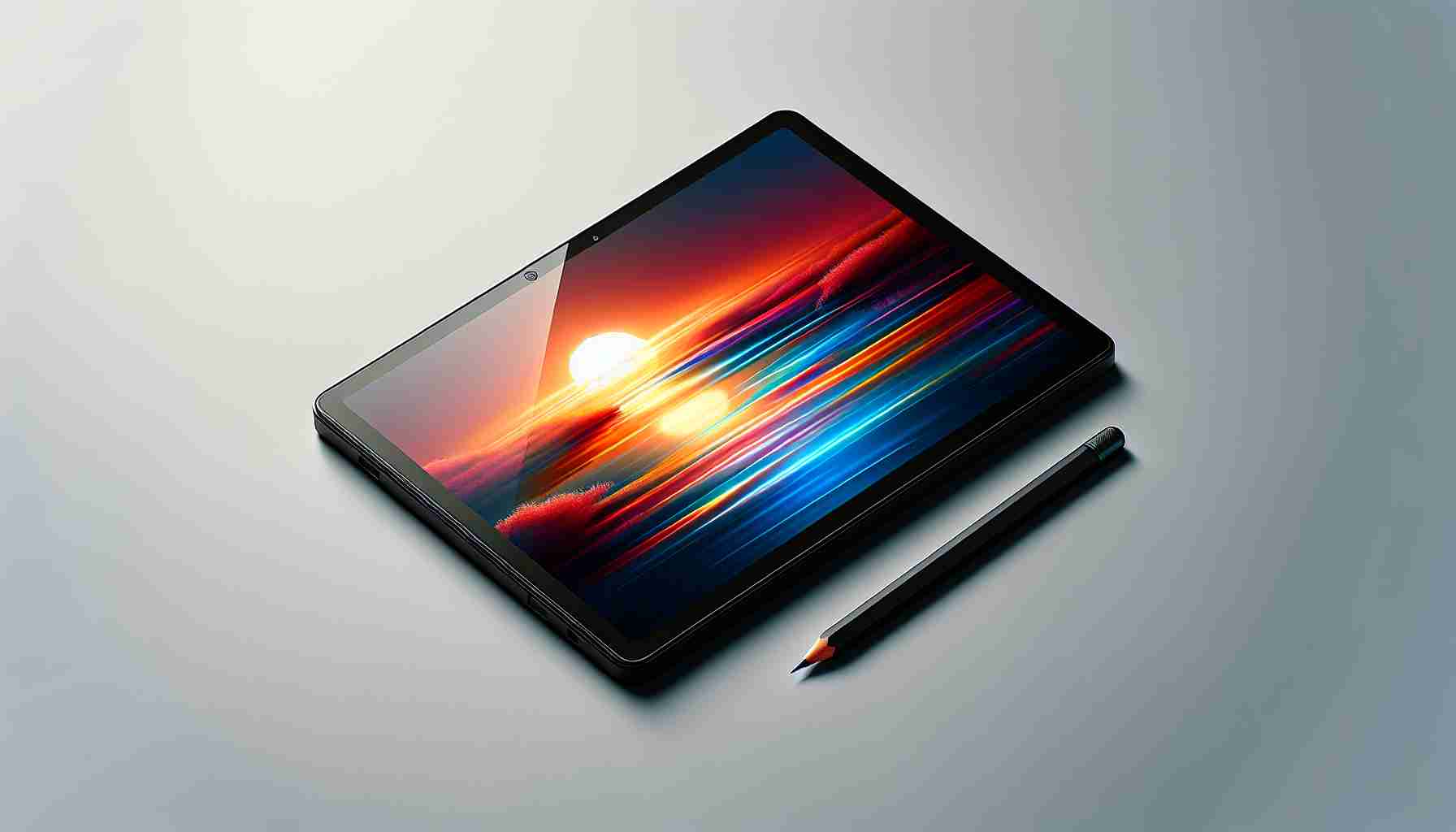Revolutionizing the Budget Tablet Segment
The Redmi Pad SE by Xiaomi marks an evolution in the world of budget Android tablets, bringing an enhanced user experience to a price bracket that is incredibly wallet-friendly, beginning at approximately ₹12,999. Xiaomi’s pursuit of affordable technology does not skimp on the user experience, outshining competitors that have previously dominated this market segment with outdated devices.
Amongst its peers, the Lenovo Tab K10 and various Samsung Galaxy Tabs, the Redmi Pad SE distinguishes itself with superior performance and usability. Even the Realme Pad 2, with its sporadic price drops, fails to match the user satisfaction levels brought about by Xiaomi’s offering.
Customization for Performance and Longevity
The base model of the Redmi Pad SE comes equipped with 128GB of storage space, while consumers can choose from 4GB, 6GB, or 8GB RAM options to balance their needs and budget. A small premium ensures that users can benefit from the longevity and smoother experience that comes with higher RAM specifications.
Xiaomi’s experience from their previous releases has filtered down to this tablet—not only impacting the price point favorably but adding a touch of refinement that has been appreciated across their product line. Despite running on Xiaomi’s MIUI Pad 14, based on Android 13, it is anticipated that an update to the more recent HyperOS will be available, enhancing the Redmi Pad SE’s capabilities even further.
Performance Without Compromise
The integration of the Qualcomm Snapdragon 680 chipset provides robust performance allowing for a good balance between work and play. Users can enjoy intensive tasks like gaming on titles such as ‘Real Racing 3’ without experiencing any lag. Moreover, the 8,000mAh battery offers substantial stamina, comfortably powering through a week with moderate usage.
The build quality of the Redmi Pad SE is remarkable within its price range. The aluminum chassis offers an elegant feel, and the device is available in colors like graphite grey and mint green.
In conclusion, the Redmi Pad SE is a strong contender for anyone considering a budget Android tablet. Its well-balanced performance and build quality set a new standard, making it an ideal choice for a variety of uses, from education to professional environments.
The Xiaomi Redmi Pad SE discussion integrates several points that are worth diving deeper into, particularly when it comes to understanding the broader context of the product and its implications on the market. Here are some additional relevant facts, advantages, disadvantages, and key questions related to the topic:
Market Context:
– The Android tablet market has long been saturated with options, yet quality at a low price point has often been a challenge. Xiaomi addresses this with the Redmi Pad SE, aiming to disrupt the norm by offering a device that balances cost and performance.
– The budget tablet segment often contends with the perception of underperformance, especially when comparing lower-priced models to high-end products like the Apple iPad. Xiaomi’s strategy appears to be one of narrowing this performance gap.
Advantages:
– Affordability: With a price starting at around ₹12,999, it opens up the market for users who are on a strict budget but still seek quality.
– Performance: Equipped with the Qualcomm Snapdragon 680, it handles a variety of tasks, making it versatile for both entertainment and productivity.
– Battery Life: The 8,000mAh battery allows for extended use between charges, which is a significant plus for users on the go.
– Build Quality and Design: An aluminum chassis with color options provides a premium feel not often found in budget models.
Disadvantages:
– Hardware Limitations: While it offers various RAM options, there may still be limitations in performance compared to premium tablets when handling more intensive applications.
– Software Updates: The frequency and longevity of software updates may be a concern, as many budget devices do not receive long-term support, potentially impacting performance over time.
Key Questions:
1. How does the Redmi Pad SE’s performance compare to other tablets in similar price brackets?
2. What are the real-world implications of Xiaomi’s MIUI Pad 14 in terms of user experience and app compatibility?
3. How soon will the Redmi Pad SE receive the anticipated HyperOS update, and what new features or improvements will it bring?
Key Challenges and Controversies:
– Ensuring timely software updates remains a challenge for Android device manufacturers, especially for budget models. Users may worry about the lifespan of their device if updates are not consistent.
– Balancing cost and performance means making compromises. Critics often point out what features may be sacrificed to keep the price low.
– Market competition is fierce, with brands like Lenovo, Samsung, and Realme also contending for domination in the budget tablet segment.
You can find more information directly from Xiaomi’s official website:
Xiaomi Official Website
In conclusion, the Redmi Pad SE represents a significant offering in the budget tablet market. Xiaomi’s emphasis on a balance between affordability and functionality makes this a notable device worth considering for a wide range of users, from students to professionals needing a secondary, cost-effective device.
